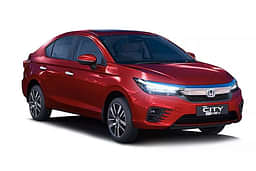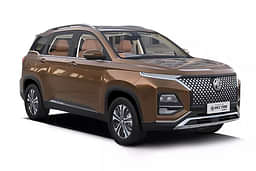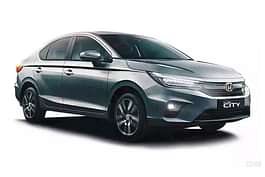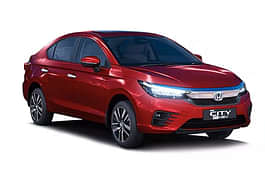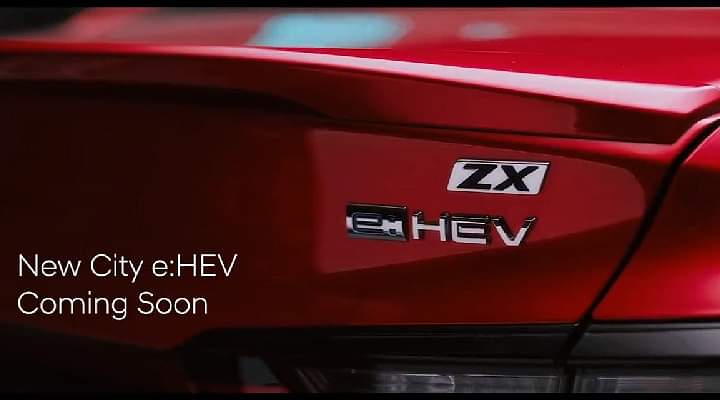
In India, Honda is all set to launch a hybrid version of its most popular sedan. The Honda City e:HEV or hybrid is expected to go on sale on May 4th, and bookings have already begun. Honda has previously revealed the features, specifications, and design of the forthcoming City. The Japanese automaker has incorporated advanced technology in the upcoming vehicle which is the Honda Sensing system. The brand is launching its Sensing technology to the Indian market with the 2022 City hybrid.
Honda Sensing - What it is and how it works?

Honda Sensing is a driver assistance system created by Honda for the driver's and other road users' safety. Although this technology functions as an Advanced Driver Assist System (ADAS), it does not totally take control of the vehicle. Honda has enabled a few features of its Sensing technology features for the Indian market, and the City hybrid is the brand's first vehicle to boast this feature.
Also Read: Honda City Hybrid Launch Confirmed For May 4 - All Details Here
To aid the driver in avoiding accidents, Honda Sensing uses a high-resolution front camera with a wide-angle, far-reaching detecting technology. The Sensing function's camera or sensor is hidden behind the IRVM.
Collision Mitigation Braking System (CMBS), Road Departure Mitigation (RDM), Lane Keep Assist System (LKAS), Adaptive Cruise Control and Auto high Beam are the five Honda Sensing features to be available on the Honda City e:HEV.
Collision Mitigation Braking System (CMBS)
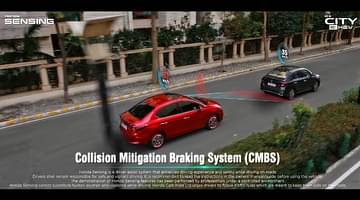
The CMBS is a very useful feature for the Indian roads. It supports the driver in avoiding collisions with oncoming cars, as well as vehicles and pedestrians ahead of them. The system mitigates any damage that may occur in the event of a collision. When the millimetre-wave radar and monocular camera identify vehicles and people, the system warns the driver with auditory and visual warnings and vibrates the accelerator pedal.
Also Read: Check Out The Official Accessories Of Honda City e:HEV Hybrid; Bookings Commence At Rs 21,000
The CMBS system gives three warnings, first is an audible and visual alert, the second stage is it gives an audible and visual warning with weak braking, at last, it gives a warning and applies the hard brake to prevent the collision.
Road Departure Mitigation System (RDM)
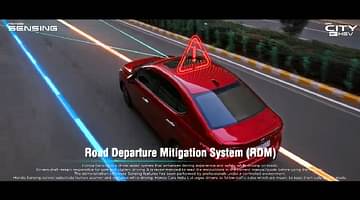
The RDM system aids the driver in keeping the car from going off the road accidentally. At speeds exceeding 72 km/h, the RDM system provides three sorts of support to the driver, depending on the severity of the situation.
The monocular camera detects lane borders, and if the vehicle is about to wander from one, the system will alert the driver with a visual warning on the display as well as vibrations on the steering wheel. The system vibrates the steering wheel frequently to inform the driver and gives corrective steering input to bring the car back into the lane. When the system predicts that the car will deviate too far from the lane, it will provide braking force as well as corrective steering input to bring the vehicle back in.
Also Read: Skoda Kushaq Active Peace Variant Launched At A Jaw Dropping Price of Rs 9.99 Lakh
Lane Keep Assist System (LKAS)
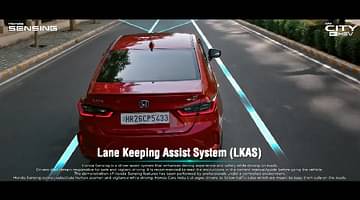
LKAS helps keep the car in the middle of the lane, decreasing driver fatigue. The front windshield camera monitors the car's lane by detecting solid and broken lane lines and alerts the driver with vibrations on the steering wheel if the vehicle is about to deviate from this. LKAS, like the RDM, comes on when you're driving over 72 km/h on the highway.
Adaptive Cruise Control (ACC)
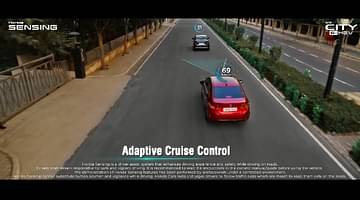
Adaptive Cruise Control (ACC) is an important feature that helps the driver while driving on highways or in city traffic. ACC works similarly to a traditional cruise control system in that it allows the driver to choose the desired speed. ACC, on the other hand, allows the driver to specify the desired speed and following distance behind a recognized car ahead. The camera monitors the distance and speed gap from the car ahead and controls acceleration and braking to keep the gap as small as possible.
Also Read: Hyundai Officially Reveals Plans To Launch 2022 IONIQ 5 BEV In India
Auto High Beam
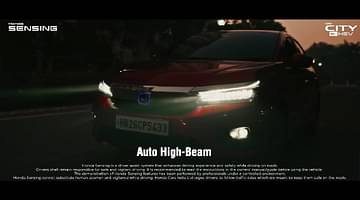
Auto high beam feature helps in the night driving, in this system when the headlight control is set to AUTO, the system turns on the high beams automatically if no other vehicles are identified ahead of the fit. When another vehicle is spotted, the high beams are converted to low beams automatically.
It is not recommended to rely only on these functions; they are provided to make driving more comfortable and safe.
How do you feel about the Honda Sensing technology? Do let us know in the comments section. Also, join 91Wheels WhatsApp and 91 Wheels Telegram groups to know more about vehicles, conduct discussions on your favourite ride, and much more! You can also subscribe to our Youtube channel for video content on the latest from the world of cars and motorcycles.
